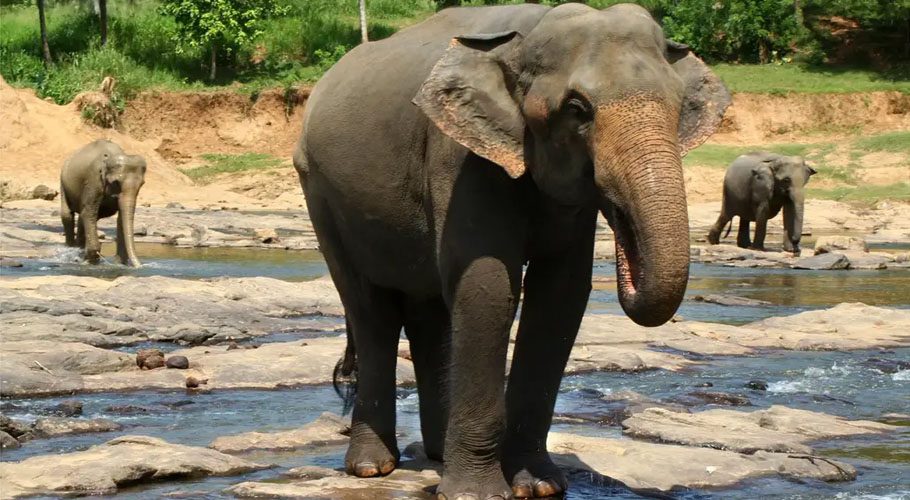A new study published in Scientific Reports indicates that suitable habitats for Asian elephants in Asia have declined by more than 64%, or 3.3 million square kilometers, since 1700.
According to the report, the reduction is attributed to increased agricultural activities and colonial-era land usage. Researchers evaluated changes in Asian elephant ecosystems in 13 countries from 850 to 2015 and found that less than half of the area within 100km of the current elephant range was suitable habitat by 2015, compared to 100% in 1700. Countries such as China and India have lost around 94% and 86% of suitable elephant habitat, respectively.
The report suggest that habitat loss from 1700, after centuries of relative stability, coincides with the colonial-era use of land and subsequent agricultural intensification in South Asia.
The study led by Shermin de Silva and colleagues estimated the change in suitable habitat for Asian elephants in 13 countries between 850 and 2015. They found that less than half of the area within 100km of the current elephant range in Asia was considered suitable habitat in 2015, with mainland China and India experiencing the greatest declines in suitable habitat. The authors suggest that the decrease in suitable habitat may lead to conflicts between elephants and people and recommend considering the landscape history to develop more sustainable land-use and conservation strategies for both elephants and people.


































